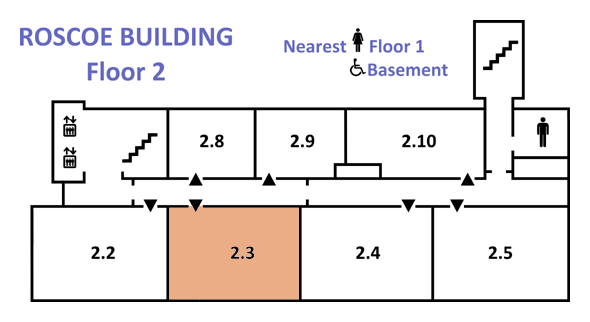
|
iCHSTM 2013 Programme • Version 5.3.6, 27 July 2013 • ONLINE (includes late changes)
Index | Paper sessions timetable | Lunch and evening timetable | Main site |

|
iCHSTM 2013 Programme • Version 5.3.6, 27 July 2013 • ONLINE (includes late changes)
Index | Paper sessions timetable | Lunch and evening timetable | Main site |
Long-term migration of scientists and physicians affects both the academic migrants and their receiving environments. On the one side, their encounter confronts two different traditions and systems. On the other side, migrating scientists and physicians are also confronted with foreign institutional, political, economic and cultural frameworks when trying to establish their own ways of knowledge generation, systems of logic and cultural mentalities.
The 20th century, in particular, has been called the century of war and forced-migration: It witnessed two devastating World Wars which led to a massive exodus of scientists and physicians from their home countries. Bolshevism in the 1910s and 1920s, Nazism and Fascism in the 1930s and 1940s, but also the massive impact of the Cold War have forced tens of thousands of scientists and physicians away from the Iberian Island, Central Europe, and Eastern Europe to leave their scientific and academic home institutions.
This panel reflects on the multifold dimensions of intellectual migration and illustrate them by relevant case studies from 20th century history of science and medicine. The session as a whole wants to emphasize the impact of scientific migration from an interdisciplinary perspective by first, describing the general research topic; second, showing how new models can thus be applied to historiography and social studies of 20th-century science and medicine; and third, exploring whether new historiographical approaches can provide a deeper understanding of the impact of European émigré-researchers on emerging fields of science, such as atomic and biophysics, information science and neuroscience, etc.

